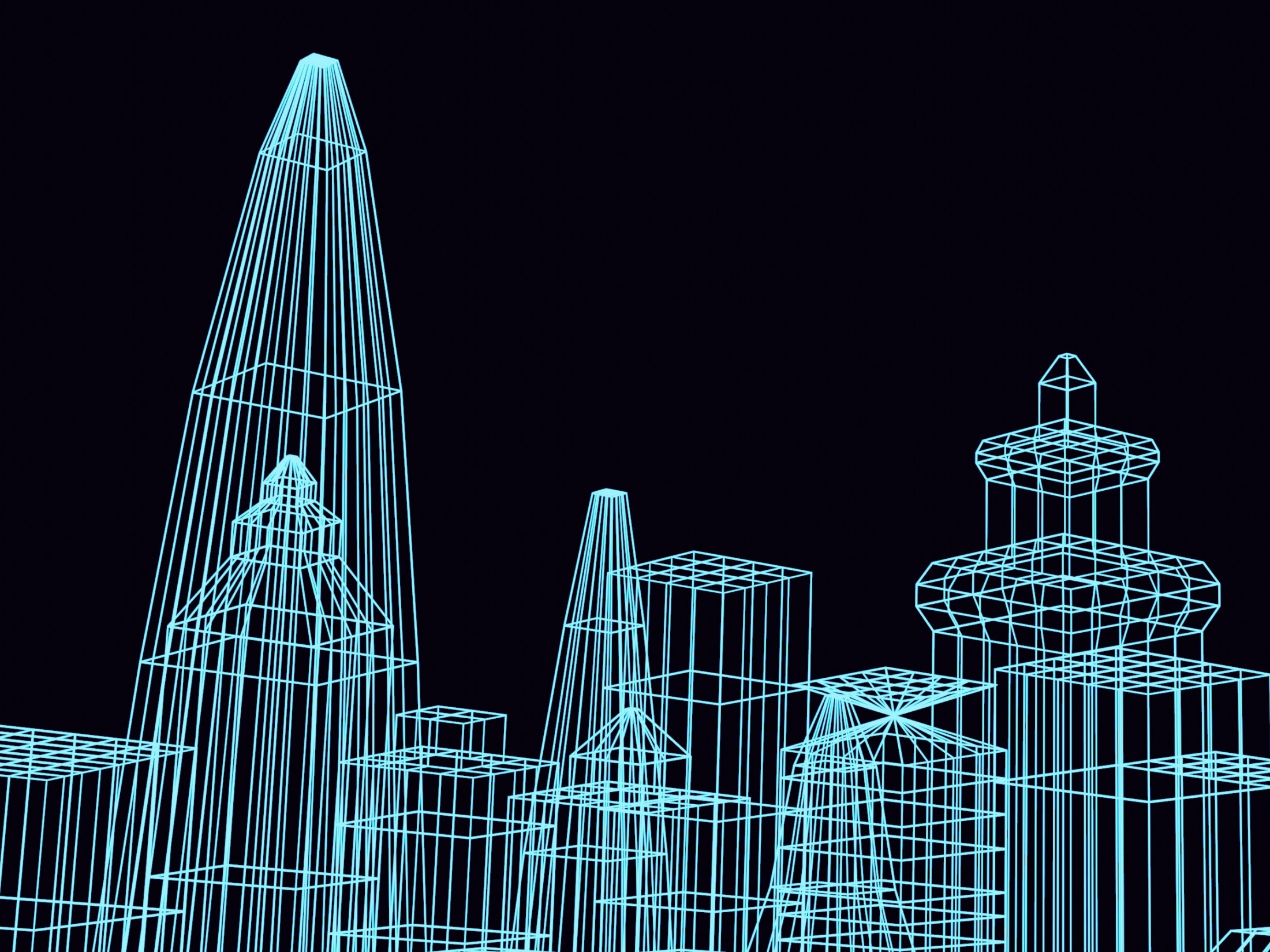AI-Powered Cities: How AI is Revolutionizing Urban Design and Planning
Shah Muhammad, AI Innovation Lead at Sweco, sheds light on how artificial intelligence is shaping the future of urban landscapes. Is there a better way to design cities, reducing traffic and maximizing sustainability? AI is offering city planners these superpowers.
For decades, urban development has been slow and complex, often relying on educated guesses. Now, AI is poised to transform this process. Imagine testing dozens of city development scenarios – from infrastructure to building design – before a single construction project begins. This is becoming a reality thanks to the rapidly evolving power of AI.
Optimizing Processes, Enhancing Decisions, and Improving Sustainability
“AI is revolutionizing urban design and infrastructure planning at Sweco,” explains Muhammad. “By analyzing vast datasets, simulating diverse scenarios, and identifying potential issues early on, we create more efficient and resilient urban environments.” This means cities can be designed to be more sustainable, reducing energy consumption and protecting the environment. AI can answer critical questions: How can we minimize traffic congestion and pollution? How can we design buildings that remain cool in extreme heat without relying heavily on electricity? It can test thousands of options, finding optimal solutions for a given environment.
Overcoming Real-World Challenges: Data Quality and Interoperability
However, applying AI to complex physical environments isn’t a simple task. The real world is messy, full of unpredictability and variations. Ensuring AI models accurately reflect and adapt to real-world conditions is crucial. Sweco tackles this by prioritizing robust data quality. They establish stringent data governance practices, standardize data formats, and utilize interoperable software tools to ensure a consistent and reliable data exchange among various teams and stakeholders. This enables seamless data flow and collaboration across different teams and participants.
AI: A Heart in the City’s Future
Perhaps the most inspiring aspect of AI in urban design is its ability to factor in environmental considerations and biodiversity. AI can identify and help protect endangered species, giving nature a voice in planning discussions and enabling environmentally friendly city development.
The Future: Predictive Analytics and Automation
The next step is to move beyond planning scenarios and embrace real-time guidance. AI’s potential extends to predictive analytics, anticipating future trends and issues. By automating routine tasks, AI can enhance efficiency, reduce costs, and elevate project quality. This translates into safer infrastructure, less disruptive construction, and improved citizen experiences. This frees human professionals to focus on innovative and creative aspects of urban design.
Interested in learning more? Attend AI & Big Data Expo Europe (24-25 September 2025 in Amsterdam) where Shah Muhammad will present “Leveraging Generative and Agentic AI for Intelligent Process Automation.”
[Link to AI Expo Europe]
[Link to Related Article on Meta’s AI Vision]
[Link to TechForge Events]
Keywords: AI, urban design, infrastructure planning, city development, sustainability, AI in AEC, data governance, predictive analytics, automation, smart cities, environmental protection, generative AI, Shah Muhammad, Sweco.

